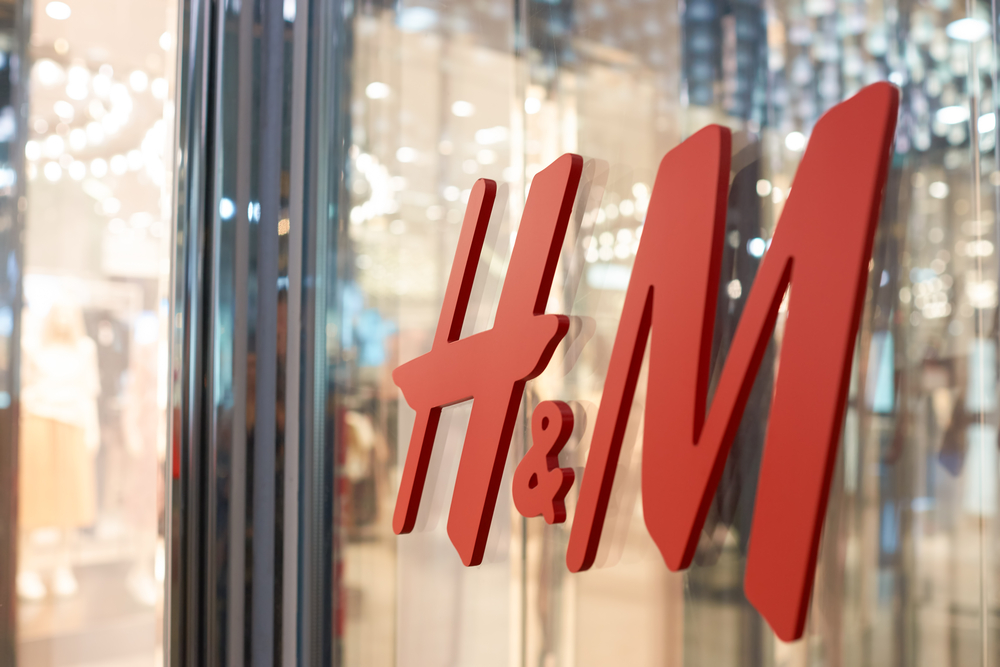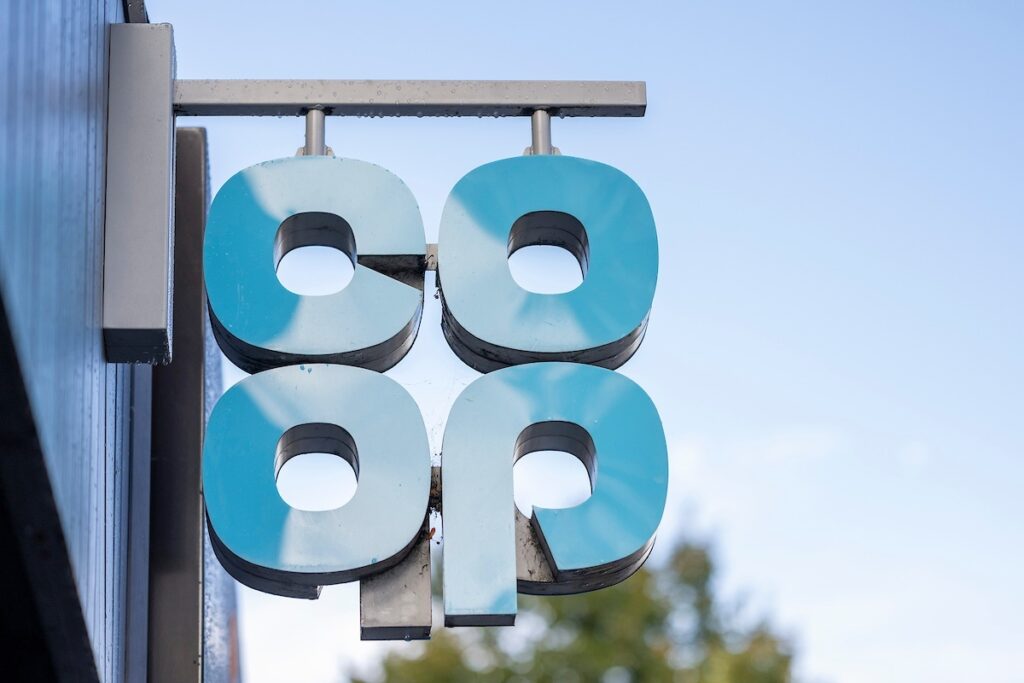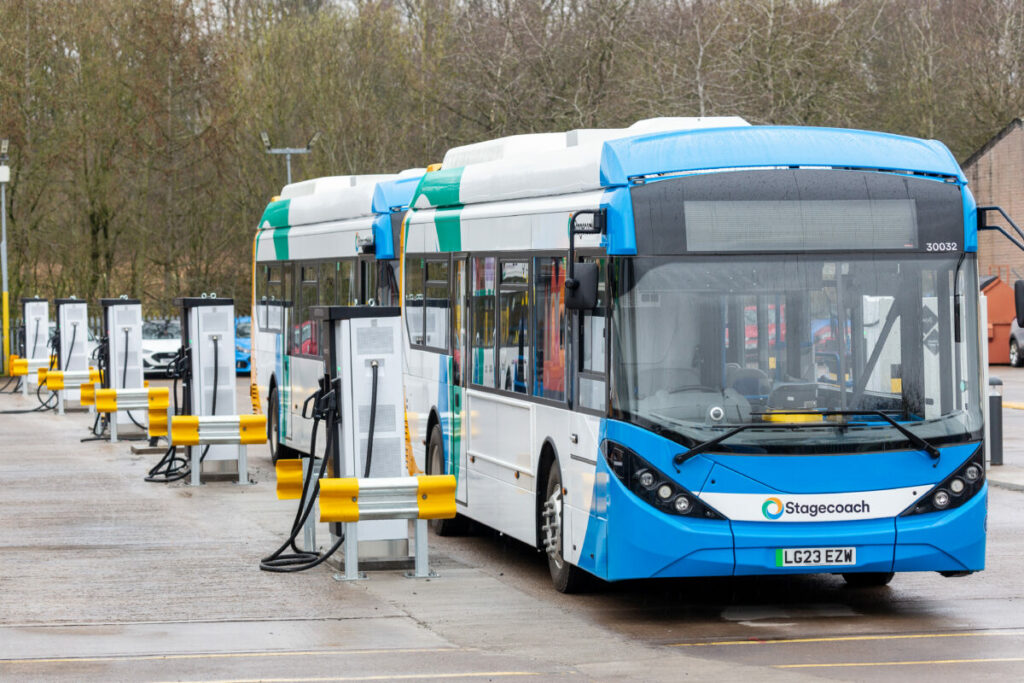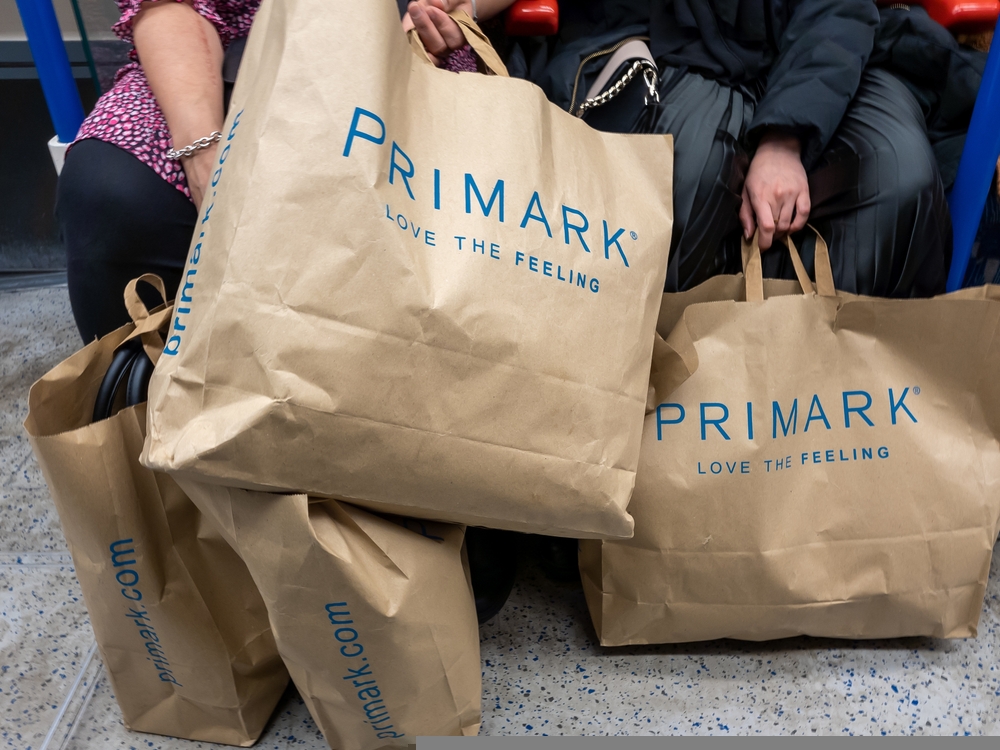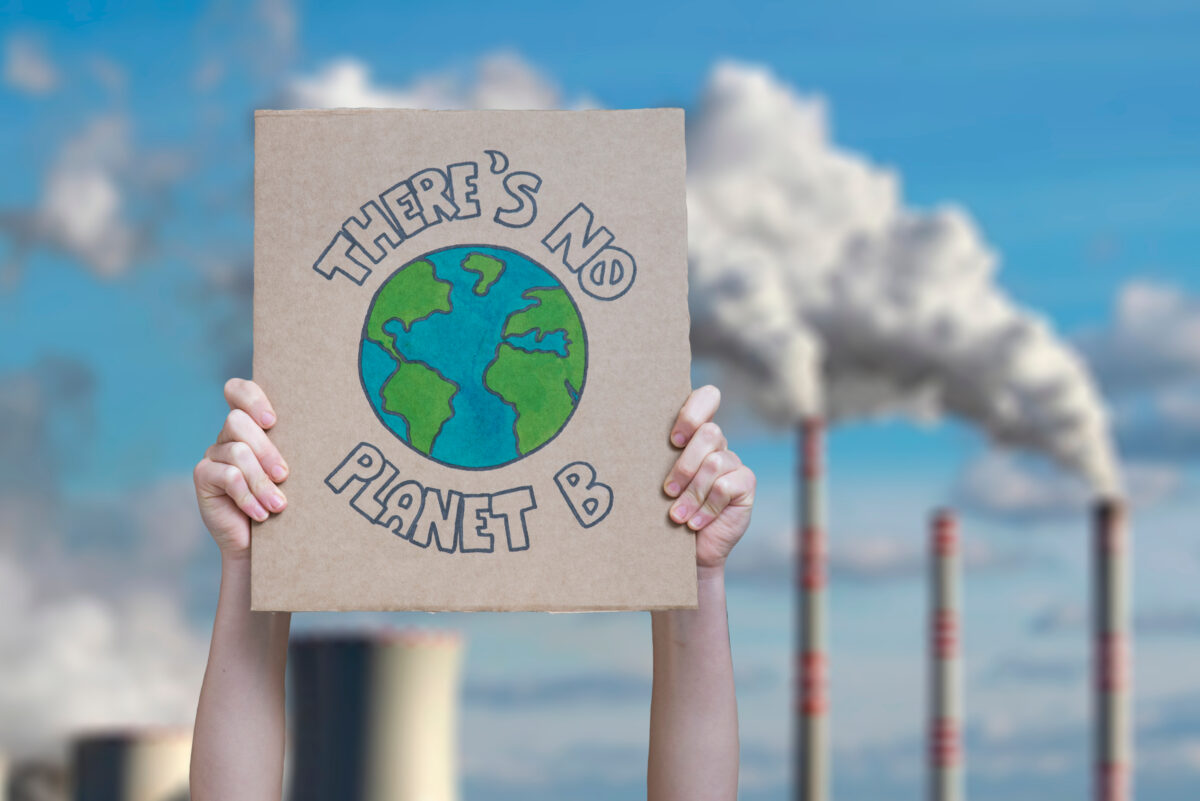High-street fashion brand H&M has reported a 24% cut in its own greenhouse gas emissions and says it remains “committed” to a “more sustainable and circular fashion industry”.
In its 2023 Sustainability Report, H&M highlights some of its green achievements in 2023 across areas such as its use of sustainable materials and its reduced climate impact.
“Our sustainability initiatives provide the group with long-term business opportunities,” said its former CEO Helena Helmersson, who was replaced by Daniel Ervér at the start of the year.
“By building strategic partnerships with important actors and creating growth through various innovative methods, such as circular business models, we can continue to give our customers unbeatable value and enable them to have a more sustainable lifestyle.”
The Swedish retailer aims to double revenues while at the same time halving greenhouse gas emissions by at the latest 2030.
It said it had achieved a 22% cut in greenhouse gas emissions in its supply chains and a 24% cut in greenhouse gas emissions across its own operations, measured against a 2019 baseline.
H&M said that 85% of its materials were now either recycled or sustainably sourced, with a target of 100% by 2030.
Subscribe to Sustainability Beat for free
Sign up here to get the latest sustainability news sent straight to your inbox every day
Other eco highlights, it said, were a 29% cut in electricity intensity in is stores, compared to a 2016 baseline and a 55% plastic packaging reduction measured against a 2018 baseline.
H&M said it also continued working towards its goal to only use recycled or sustainably sourced materials for its packaging by 2030, achieving 79% in 2023.
On the supplier chain front, it said more than 200,000 workers representing more than 750 supplier factories in H&M Group’s supply chain responded to the worker voice survey, guiding the company towards clear priorities and enabling impactful roadmaps that will lead to more effective grievance mechanisms.
H&M also highlighted its use of renewable electricity in the supply chain.
One example is H&M’s plan to invest in Bangladesh’s first offshore wind farm in collaboration with other industry players through the Global Fashion Agenda (GFA).
A further highlight, it said, was issuing its first €500 million green bond, with the proceeds allocated towards investments in eligible projects under the categories Circular economy, Green buildings, Renewable energy, Energy efficiency and Sustainable water & wastewater management.
Earlier this month, H&M partnered with private equity group TPG and Swedish-based investor Vargas to support a multi-billion dollar venture created to slash textile emissions and revolutionise the fashion industry.


